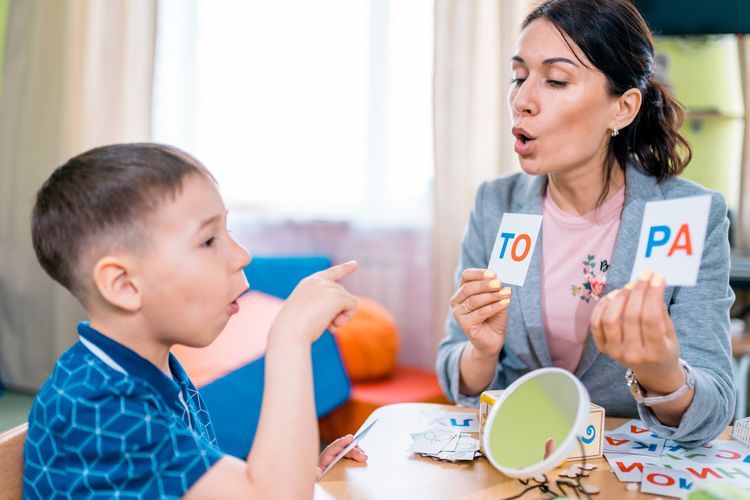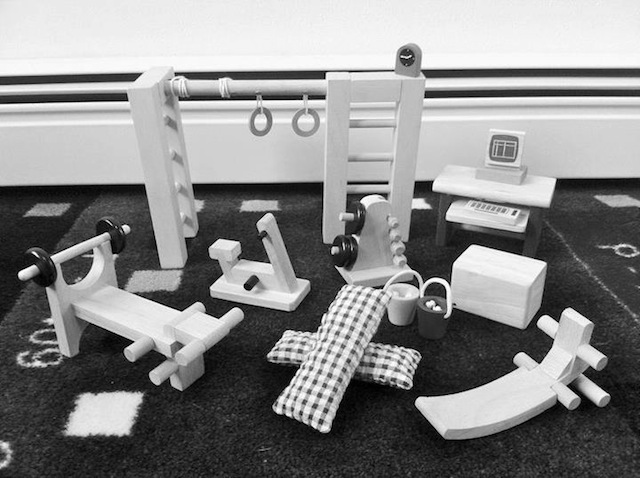
Helping children develop strong communication skills can be both a rewarding and essential journey. Whether addressing articulation delays, language disorders, or fluency challenges, early intervention through speech therapy techniques plays a crucial role.
Speech and language therapy techniques are designed to improve a child’s ability to speak, understand, express, and interact effectively. These approaches are typically carried out by certified professionals—speech-language pathologists (SLPs)—who use evidence-based strategies tailored to each child’s needs. An overview of speech therapy activities by Forbrain may help show how incorporating diverse and tailor-made exercises can make a significant impact.
By blending structured exercises with play-based learning, therapists ensure that sessions remain engaging while targeting meaningful progress. This overview highlights key speech language therapy techniques, their applications, and how families can actively support their child’s communication development.
Key Takeaways
- Speech therapy techniques address a wide range of communication issues in children.
- Early diagnosis and early intervention speech therapy techniques lead to better outcomes.
- Involving families in the therapy process boosts engagement and long-term progress.
Fundamentals of Speech Therapy for Children
Identifying Speech and Language Disorders
The first step in any successful therapy plan is identifying the child’s unique challenges. Speech and language disorders can include:
- Articulation disorders: Difficulty pronouncing certain sounds.
- Fluency disorders: Issues like stuttering or interrupted speech flow.
- Language disorders: Receptive (understanding language) or expressive (using words to communicate).
Early signs may include limited vocabulary, unclear speech, trouble following directions, or delayed milestones. Timely assessment by an SLP is crucial to determine the most suitable speech therapy techniques for intervention.
Role of Speech-Language Pathologists
Speech-language pathologists (SLPs) are trained to diagnose and treat communication disorders. They use structured speech and language therapy techniques to:
- Improve articulation and phonological awareness.
- Enhance vocabulary and grammar usage.
- Reduce fluency disruptions such as stuttering.
- Support social communication skills.
Treatment plans are customized to each child’s development level, and progress is regularly monitored. Therapists also collaborate with caregivers and educators to extend the impact of therapy beyond the clinic.
Incorporating Play Into Therapy
Children learn best through play, which is why SLPs incorporate games and interactive tools to deliver effective results. Play-based speech therapy techniques keep children motivated and engaged while subtly working on their communication goals.
Examples include:
- Using puppets for storytelling to enhance expressive language.
- Interactive books to boost vocabulary and sentence structure.
- Role-playing activities to practice conversation skills.
- Digital apps designed to support language development.
By embedding therapy goals within play, children build communication skills in a natural and enjoyable environment.
Techniques and Strategies in Pediatric Speech Therapy
Articulation and Fluency Enhancement
Improving speech clarity and fluency is often a primary goal. Effective speech therapy techniques for articulation and fluency include:
- Repetitive sound drills: Focusing on specific problem sounds.
- Modeling: Demonstrating correct sound production for the child to imitate.
- Breath control and pacing: Teaching children to speak slowly and clearly to reduce stuttering.
- Visual feedback: Using mirrors or apps so children can see how sounds are formed.
These targeted strategies help improve how children pronounce words and maintain fluent speech patterns over time.
Augmenting Language and Vocabulary
Language development includes understanding (receptive language) and expressing thoughts (expressive language). Common speech language therapy techniques used to build vocabulary and grammar include:
- Picture cards and flashcards to teach new words.
- Storytelling and sequencing exercises for sentence construction.
- Functional communication activities based on real-life scenarios.
- Question-answer games to build comprehension skills.
These activities support both the learning of new words and their correct use in context, improving a child’s ability to express themselves.
Engagement and Family Involvement
Therapy is most effective when extended into the child’s everyday life. Family involvement reinforces what children learn during sessions and supports consistent improvement.
SLPs often provide:
- Home practice sheets and activity guides.
- Daily routine-based exercises (e.g., naming objects during mealtime).
- Tips for positive reinforcement and creating a language-rich environment at home.
Involving caregivers ensures that speech therapy becomes part of the child’s daily communication habits, not just a once-a-week session. Positive reinforcement from family members further boosts children’s confidence and motivation to improve their communication skills.
The Role of Technology and Teletherapy
Modern speech and language therapy techniques often incorporate technology for interactive learning and remote sessions. Tools like video calls, speech apps, and online games make therapy accessible from home while maintaining engagement.
Teletherapy is especially beneficial in remote areas where in-person services may be limited. It also offers flexibility for families juggling multiple responsibilities.
Are These Techniques Useful for Adults?
While this guide focuses on children, many speech therapy techniques for adults follow similar principles—adapted for cognitive maturity and life experiences. Adults may seek therapy for post-stroke recovery, neurological disorders, or accent modification. The foundational principles of articulation, fluency, and language development remain consistent.
Final Comments
Speech therapy for kids is a structured, dynamic process that addresses communication challenges through personalized strategies. From early intervention speech therapy techniques to play-based language activities, these methods are crafted to enhance a child’s speech, understanding, and expression.
By integrating family support, incorporating modern tools, and leveraging professional expertise, speech and language therapy techniques empower children to communicate confidently and effectively. Whether through in-person sessions or virtual therapy, consistent practice and early involvement remain key to long-term success.

















Follow Us